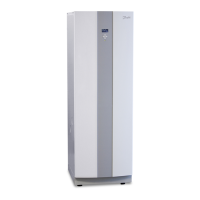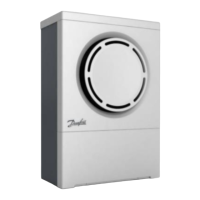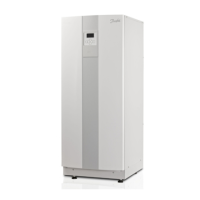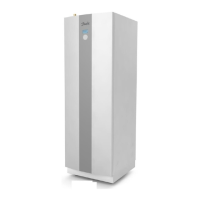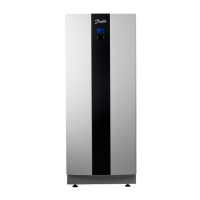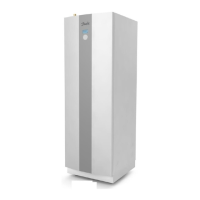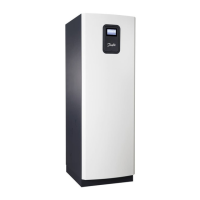Cause Troubleshooting Remedy
9. Insufficient exchange surface to transfer
the heat pump’s output to the heater.
(Only applies to heat pumps with a separate
heater)
Is the exchange surface too small?
Can the heater cope with the heat pump’s
output?
Replace with a heater with a larger
exchange surface.
10. Heat loss in the hot water pipe. Open the hot water tap, read off the tem-
perature on the outgoing hot water pipe
from the heat pump and the temperature of
the hot water. The temperature difference
measured between the heat pump and hot
water indicates the temperature loss.
Examples of temperature loss causes:
•Longwaterpipes.
•Uninsulatedhotwaterpipes.
•Hotwaterpipesroutedthroughcoldareas.
Other causes that can affect the hot water
temperature:
•Isamixervalveinstalledinthesystem?
Temperature set too low on the mixer
valve? Leaking mixer valve?
•Watertapfault?Leakingthermostatmixer?
If any problems occur during troubleshoot-
ing as per the points, carry out corrective
actions.
To quickly check that the heat pump’s hot
water production works as it should, drain
the hot water so that the heat pump starts
to produce the hot water. When done, read
off the temperature on the top sensor and
on the start sensor. The top sensor should
show a temperature of around 50-55°C and
the start sensor around 45-48°C. If, after
completed hot water production, these
temperatures are obtained, this means that
you have the correct temperature and vol-
ume of hot water in the water heater.
HEATING COMFORT
Problem – Too cold
Cause Troubleshooting Remedy
1. The heat pump’s control computer is
not set/adjusted to the customer’s require-
ments/wishes.
Check the ROOM and CURVE and MAX set-
tings.
Adjust incorrect values in the heat pump’s
control computer.
ROOM = Desired indoor temperature
CURVE = Should be set so that the desired
indoor temperature (ROOM) is maintained
regardless of the outdoor temperature.
MAX = Highest set-point value on the sup-
ply line regardless of the outdoor tempera-
ture.
2. Incorrect operating mode set in the heat
pump’s control computer.
Check which operating mode is set. If the incorrect operating mode is set,
change to the desired operating mode.
3. Sensor fault, OUTDOOR/ROOM/Supply
line/Return line.
Check what the relevant sensor shows, is it
a plausible/actual value?
Measure the resistance of the sensor, check
against the ohm table in the Measurement
points section.
If the sensor is defective, replace it.
4. The 3-way valve has jammed in hot water
mode.
1. Check the function of the 3-way valve
motor by test running it manually. If the
motor does not shift mode during manual
test operation, check that there is voltage to
the motor, see wiring diagram.
2. Detach the motor and test closing and
opening of the valve by pressing the con-
trol arm.
1. Is the motor being supplied with voltage
according to the wiring diagram in both
operating instances?
MANUAL TEST – VXV HOT WATER
0=Radiator mode, arm out from valve.
1=Hot water mode, arm positioned towards
the valve.
If there is voltage to the motor but the arm
does not shift mode, replace it.
2. Take out and clean the jammed insert, or
replace with a new insert.
5. Defective electric heating element. Use a buzzer and check if all coils in the
electric heating element are intact.
If the electric heating element is defective,
replace it.

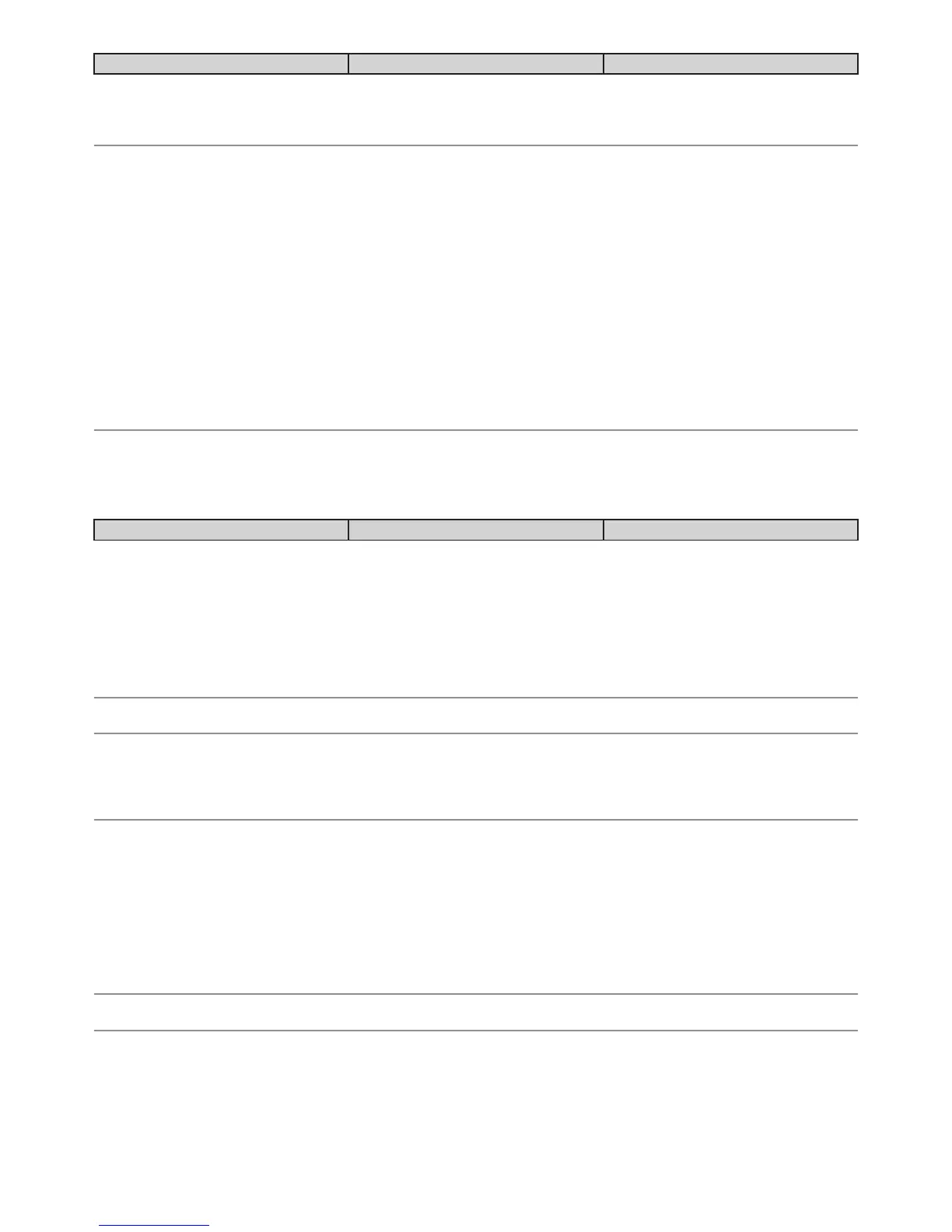